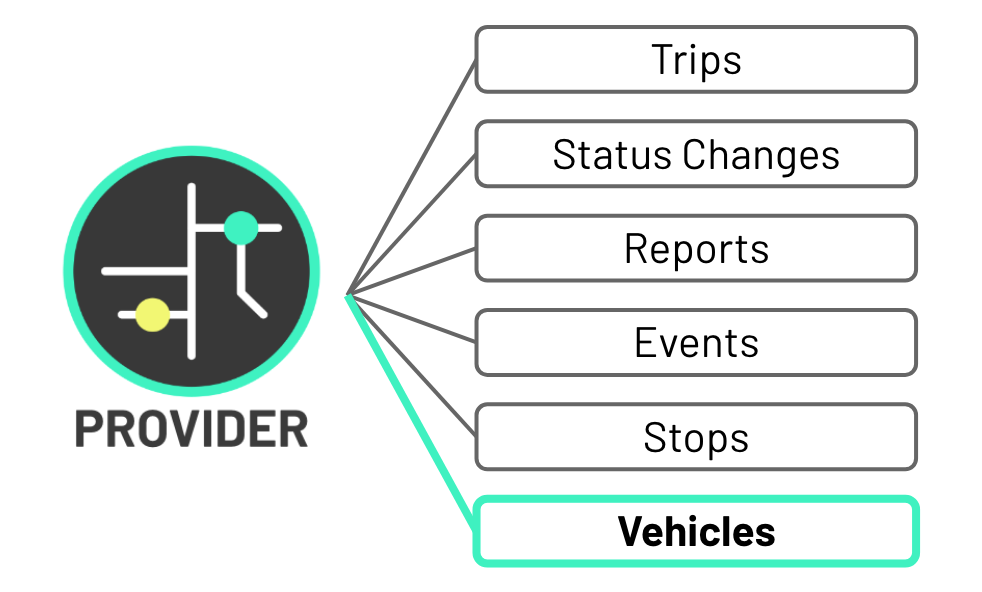We often talk about the Mobility Data Specification (MDS) as a “kit of parts” – a digital toolbox that helps cities better manage transportation in the public right of way. MDS has been flexibly designed to help cities improve the quality of the mobility services on their streets without requiring them to collect data that doesn’t meet their needs.

One way that cities can take advantage of the flexibility MDS offers is through the MDS Vehicles endpoint, which lets cities know the current status of shared use vehicles in the public right of way. Notably, regulators can use MDS as an alternative to GBFS to track vehicles for reporting and compliance purposes – one of the most common reasons cities use MDS. This data is critical in ensuring that, for example, micromobility providers are not exceeding deployment caps or have several vehicles in need of maintenance clustered on sidewalks or in streets.
USING MDS VEHICLES
A city that is only interested in getting the current status of deployed vehicles can choose to use MDS Vehicles without using the other components of MDS – that means a city does not need to collect trip data or event data if they do not need this information.

The data exchanged through MDS Vehicles is authenticated and secure between the mobility service provider and the city agency, so it contains some more information than GBFS. It uses static vehicle IDs, which allows an individual vehicle’s deployment to be observed over time. It also provides additional data and vehicle states not present in public GBFS feeds. To learn more about MDS Vehicles, and how it compares and contrasts with GBFS free bike status, see our MDS Vehicles guide.

While MDS Vehicles offers an easy-to-use alternative for agencies that delivers several crucial benefits over GBFS when used in the governmental context, MDS is not intended as an alternative to GBFS in end-user facing or publicly available applications. For general differences between the uses of MDS and GBFS, see our detailed MDS and GBFS guide.




